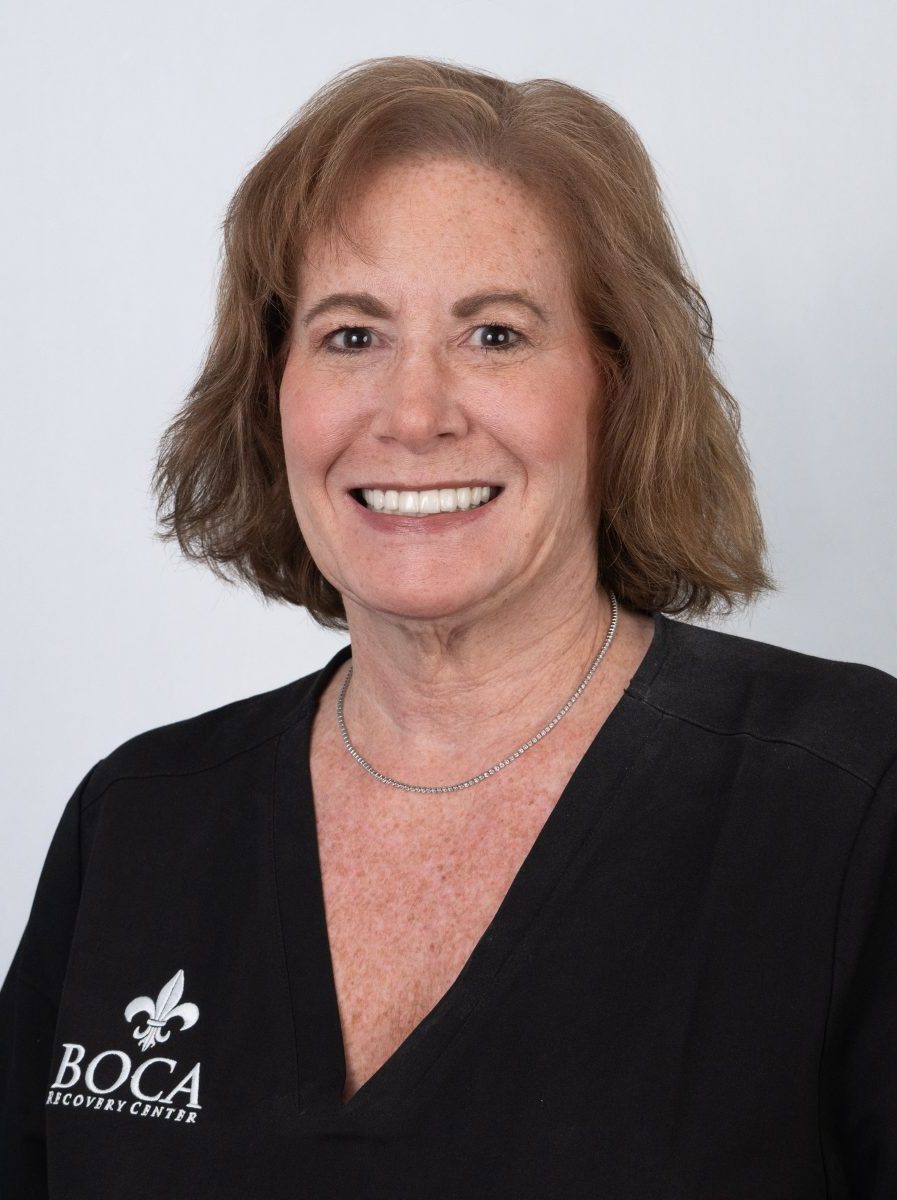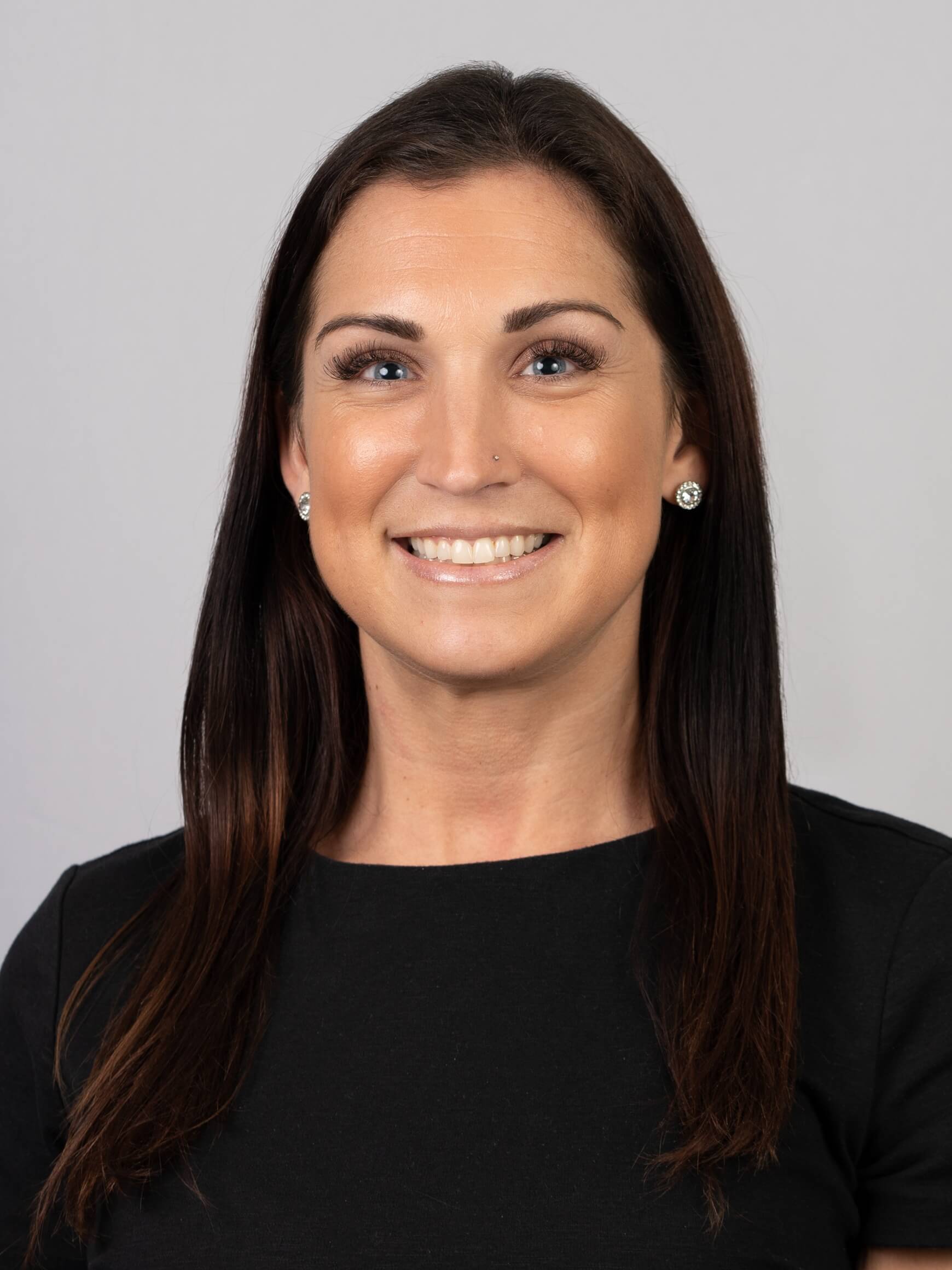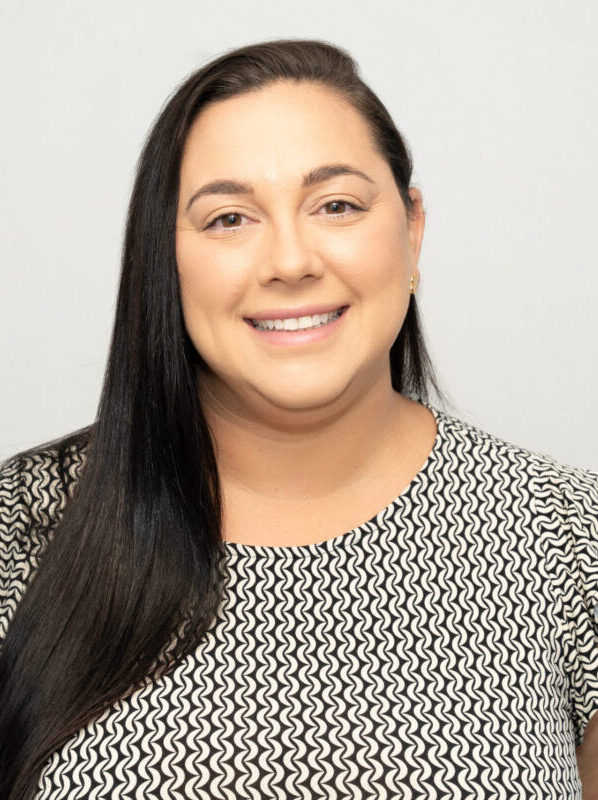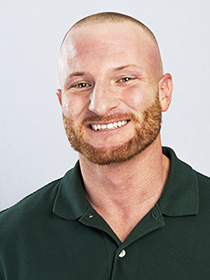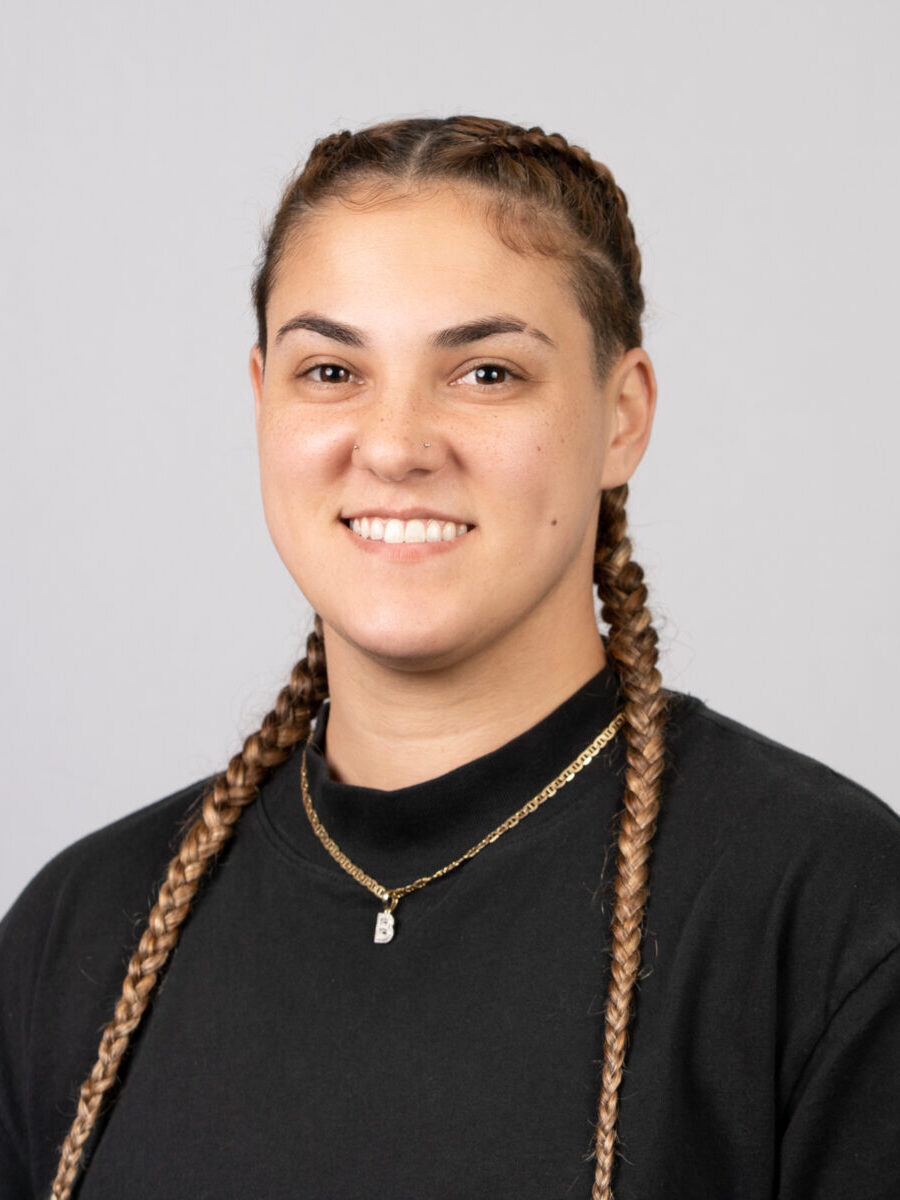Boca Recovery Center Florida – Drug Rehab & Detox
Alcohol & Drug Rehab in Florida
Boca Recovery Center Florida offers state-of-the-art addiction treatment in a luxury facility that is focused on medical stabilization in early recovery.
Expert staff members help clients achieve physical balance as they detox from substances via a range of approaches that cater to each individual’s needs. Medication-assisted treatment (MAT) is available for clients dealing with opioid use disorder or alcohol use disorder.
After detox, clients can seamlessly transition to the residential treatment program where they begin to identify and work on the psychological components of their addiction. The facility is also equipped to treat clients with co-occurring disorders.
Services
Patients can benefit from a variety of services and treatment modalities that are designed to meet the needs of each individual. At our inpatient rehab program, we use many evidence-based treatment methods, such as psychotherapy, group counseling, and family therapy, to provide comprehensive and individualized care.
With expert staff members, Boca treats people for different types of addictions, including those with co-occurring mental health conditions. In treatment, clients explore underlying issues that led to their substance abuse and craft strategies to help them avoid relapse in the future.
The medical detox program at Boca Recovery Center in Pompano Beach, Florida provides a safe and supervised environment for clients as they work to get substances or alcohol out of their systems. We use a combination of medications and therapy to keep clients as comfortable as possible while they experience withdrawal symptoms.
We don’t recommend rapid detoxes or quitting cold turkey, as these methods can be ineffective, uncomfortable, and even dangerous. Instead, at Boca Recovery Center, you’ll find a safety- and health-focused approach to sobriety. Our expert therapists and clinicians will be by your side throughout every step of your medical detox and tailor treatment to your needs.
Inpatient rehab at Boca Recovery Center in Pompano Beach allows you to fully focus on your recovery without distractions from the outside world. You’ll live at our luxury treatment facility where you’ll enjoy private rooms and upscale amenities while you work on the issues underlying your substance abuse in both individual and group therapy sessions.
Treatment plans are customized to each client, and you can choose from a variety of therapeutic approaches.
Boca Recovery Center offers medication-assisted treatment to those recovering from alcohol use disorder and opioid use disorder. In this personalized program, clients may be prescribed FDA-approved medications to assist their withdrawal and recovery efforts.
These medications lessen and even eliminate withdrawal symptoms and cravings, so you can fully focus on your recovery. Many people take these medications for months, years, or even indefinitely.
In addiction treatment programs, cognitive behavioral therapy (CBT) is often a foundational tool. At Boca Recovery Center, we use this evidence-based treatment to help our clients identify negative thought patterns that lead to damaging behaviors, like substance abuse. In sessions, you’ll develop new coping mechanisms and plans for positive behavioral change.
Eating disorders and substance abuse commonly co-occur, and treatment must address both disorders in order to be successful. We’re experienced in treating eating disorders at Boca Recovery Center in Pompano Beach.
We address eating disorders and co-occurring substance abuse issues via a variety of treatments, such as individualized therapy, medical monitoring, nutritional therapy, and medication management.
Each person who needs addiction treatment is unique, and that’s why we offer specialized programs here at Boca Recovery Center. Whether you need family therapy or faith-based rehab services, we can customize a treatment plan that works for you. When treatment is tailored in this way, you have the best chances of long-term success in recovery.
We offer an abstinence-based approach to recovery because the evidence shows it works best. If you are unsure whether this approach is right for you, we’re happy to discuss the pros and cons with you. Then, we can craft a treatment plan that will work best for you together.
While individual therapy is important, you’ll do much of your work in addiction treatment in group therapy sessions. In these group settings, you’ll learn from the experiences of others, and you’ll help others with your progress.
Group therapy sessions may include different therapeutic approaches, such as cognitive behavioral therapy (CBT), dialectical behavior therapy (DBT), and trauma-informed therapy.
Every member of our team here at Boca Recovery Center in Pompano Beach is invested in your recovery. Our staff features some of the top clinical minds in addiction treatment, and they approach your care from a foundation of expert knowledge and empathetic support.
Unlike inpatient rehab, outpatient rehab involves attending scheduled therapy appointments then returning home or to a sober living facility during non-treatment hours. This option offers more flexibility for people looking to continue attending work or caring for children while recovering from addiction. Some patients may use outpatient treatment as a form of step-down care after completing a more intensive program like residential treatment.
Facility Staff
What to Expect
Entering addiction treatment can feel daunting, but when you enter treatment at Boca Recovery Center, you are surrounded by caring professionals who can guide you through the process.
Addiction recovery is hard work, but you’ll be comfortable in our beautiful facility. Our staff is passionate about helping our clients achieve recovery, and we’ll customize your program to suit your individual needs.
You’ll start by going through the intake process with our admissions team. This 15-minute clinical assessment will happen via a phone chat. We’ll determine which level of care would be appropriate for your situation. Then, we’ll schedule your arrival date and help you set up travel arrangements.
In inpatient rehab, you’ll live in our facility, so you can immerse yourself in the recovery experience. You’ll begin to identify the underlying issues that led you to abuse substances. You’ll also begin to build healthier habits that don’t involve substances, and you’ll develop coping mechanisms you can employ when you are tempted to relapse.
In our residential program, you’ll enjoy delicious, balanced meals as well as snacks. Amenities in Pompano Beach include a fitness center, game room, media room, executive services, and private accommodations.
Insurance & Payment Options
Boca Recovery Center Florida works with most major insurance providers, including Anthem, Aetna, Beacon, Blue Cross Blue Shield, Humana, Kaiser Permanente, Magellan Health, Independence, CareFirst, Community Healthcare Network, and Amerigroup Real Solutions.
If your insurance plan doesn’t cover the total cost of your care, we can work with you to set up a flexible payment plan. We also offer financial assistance to those who don’t have insurance or can otherwise not afford addiction treatment.
Our goal is to make addiction treatment accessible to all who need it. Contact us for more information.
What Our Clients Say
Boca Recovery Center is amazing all around. The facility itself is beautiful but the staff really sets it apart. The entire team went above and beyond to show genuine care and concern for me as an individual and aid me in beginning my recovery process.
Halie
I cannot thank the team at Boca enough for being there for me when I needed them the most! The whole team showed their dedication to my and everyone's individual recovery. As an alumni, Boca continues to care and be there to ensure I continue down the right path for my recovery. Thank you Boca team!
Lea
Industry trusted and accredited

Location Information
Boca Recovery Center Florida – Drug Rehab & Detox971 S Dixie Hwy W, Pompano Beach, FL 33060

